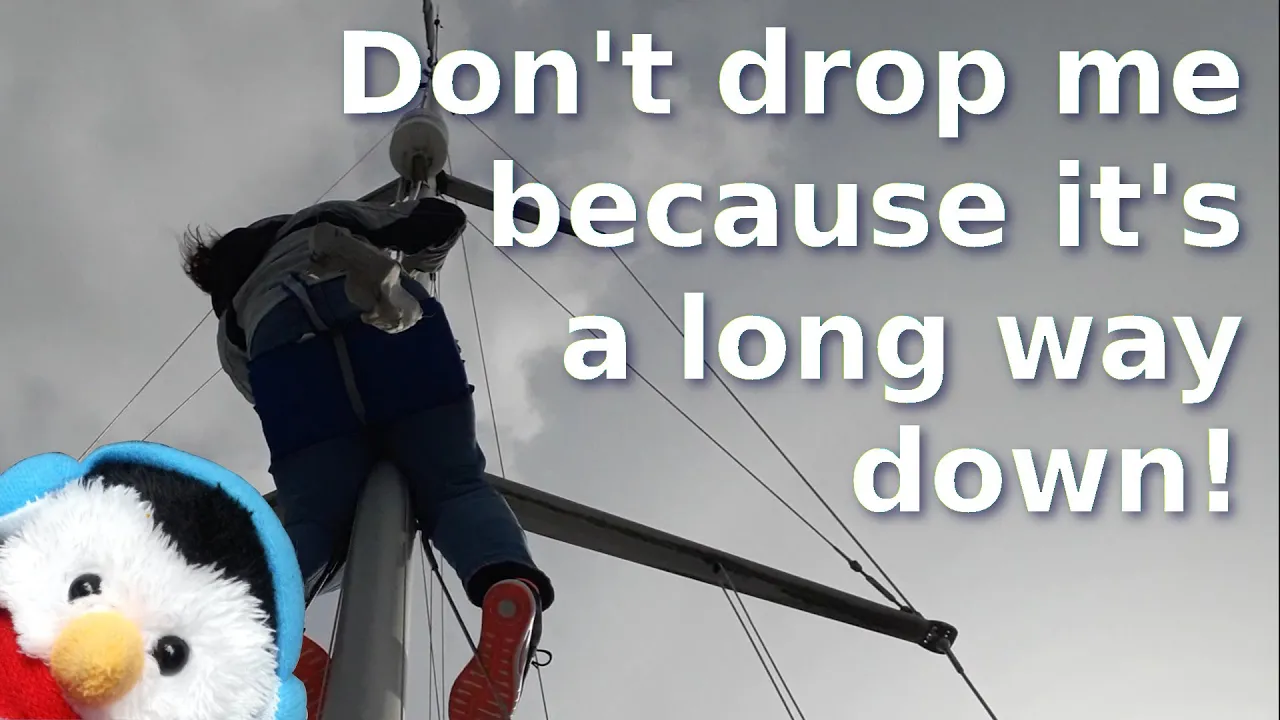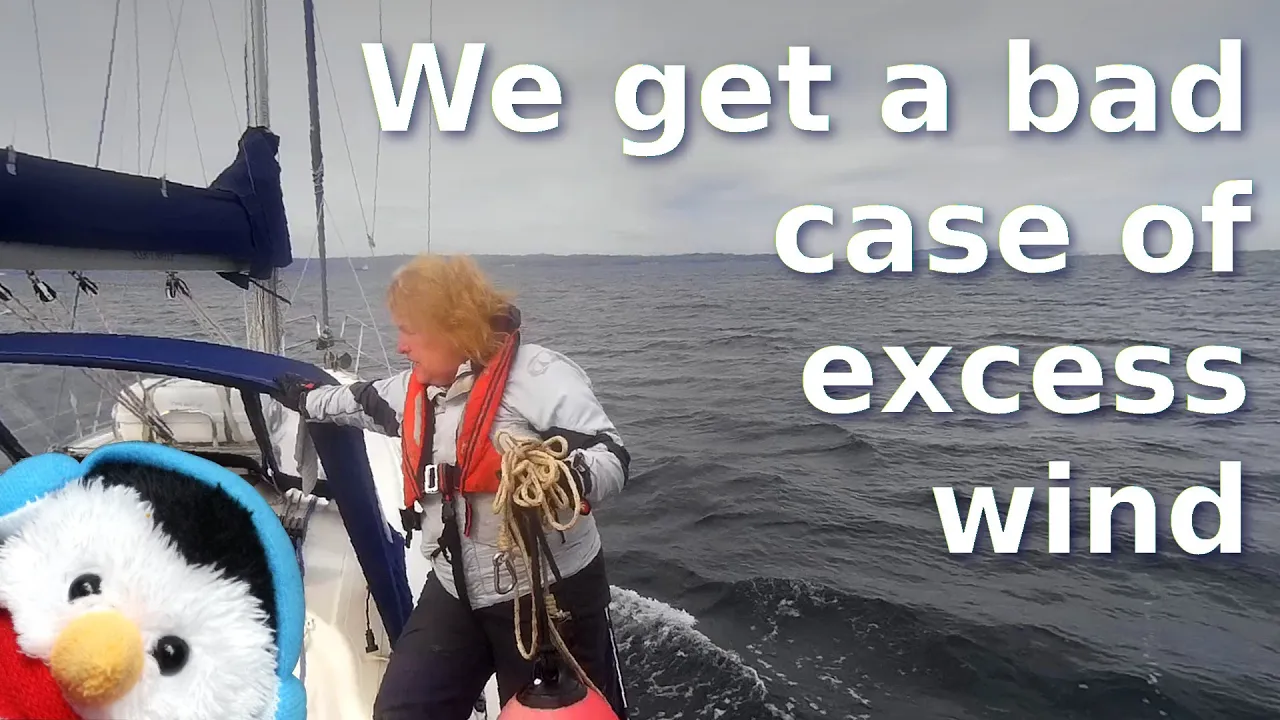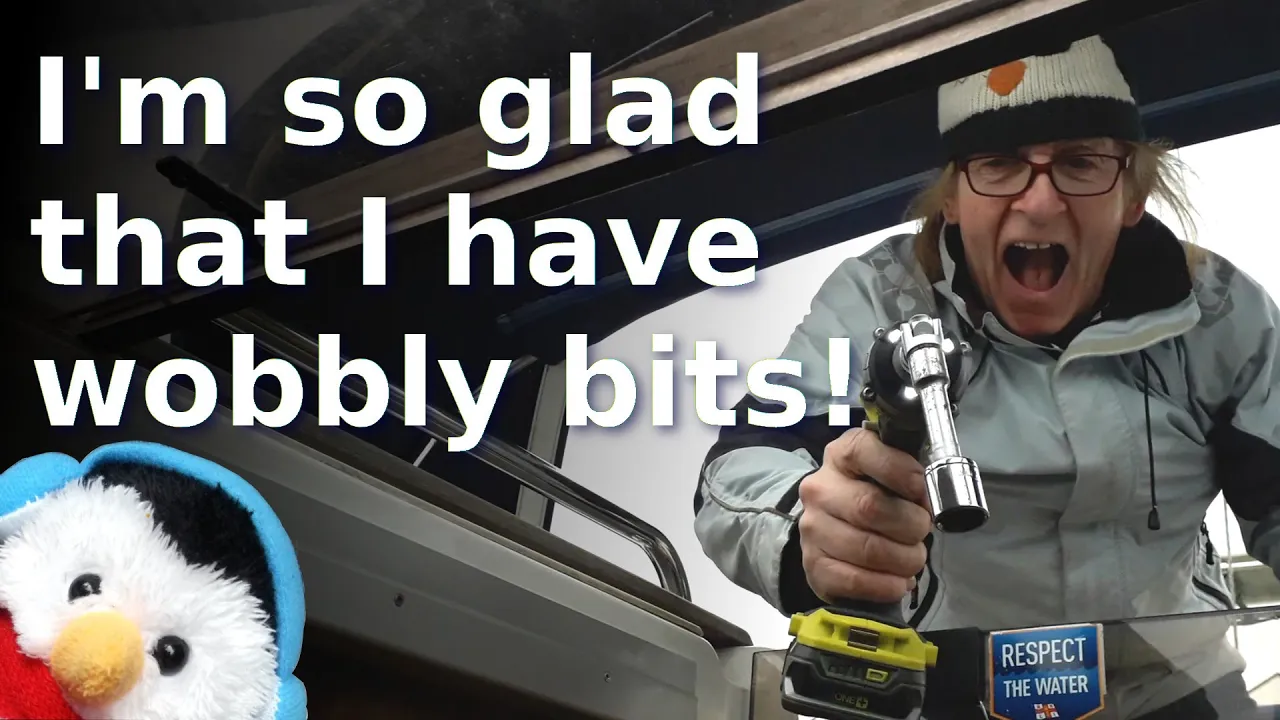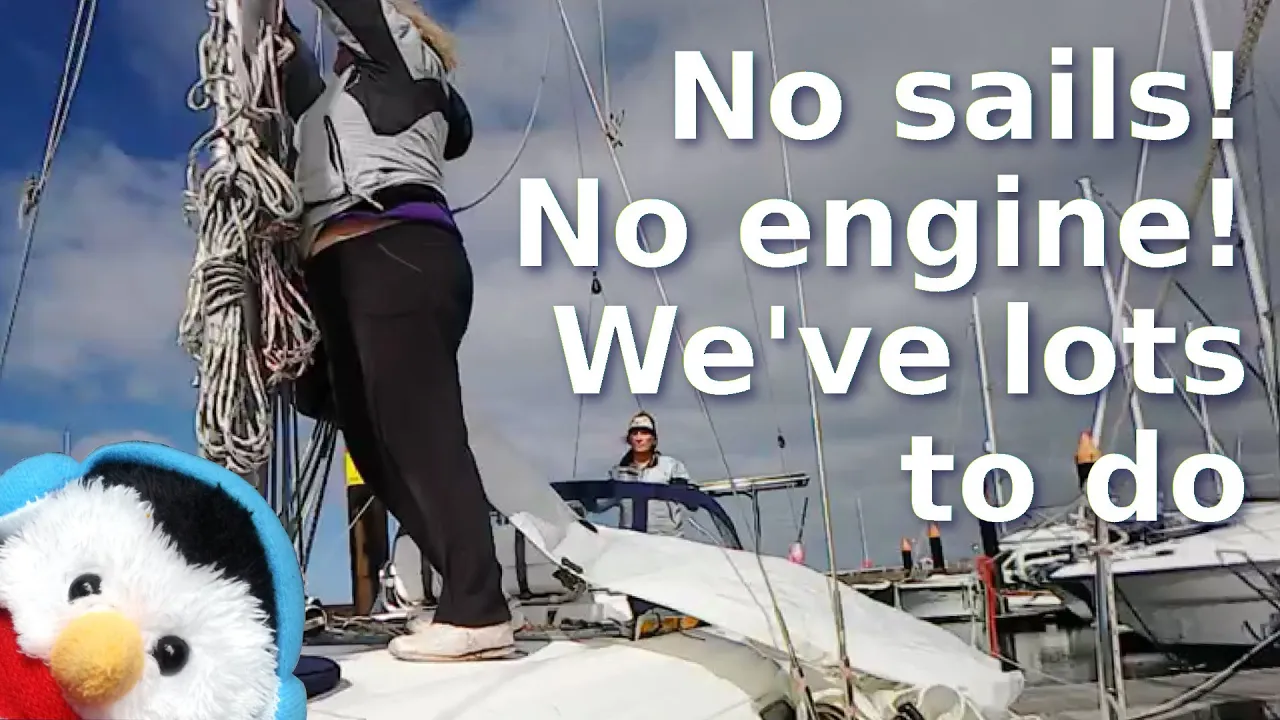One of the reasons we returned to Carrickfergus after our trip to Strangford Lough was because we had gone shopping on the internet and bought a whole load of Dyneema so that we could do our lazy jacks.
You will need
Measuring the lazy jacks
The first task was to measure the current lazy jacks, this can be a fairly easy task if you have the old lazy jacks in place like we had.
Do the splices
Next Beverley spliced all the lines to the correct place. We have done dyneema splicing before, so take a look at our blog for that. While Beverley was splicing we talked about where we had learned splicing and that was at a skills evening organised by Liverpool Yacht club. As it was just one evening I learnt how to do a three braid splice, Beverley learnt how to do a braid on braid splice and we both learnt to do simple dyneema splices like the ones we were using for this project. If you are a member of a club like we were then ask your club to run a skills session on splicing, it was a good evening and really informative night.
We did a lot of the splices in place which is why we could work from the sail bag up. We could of run the lazy jacks through grommets, but dyneema is quite hard, so we decided not to bother. The dyneema for the life lines show hardly any wear and they rub against metal, while in this case it would only be rubbing more dyneema.
Front or Back
When the lazy jacks were sorted one of the things that we needed to decide was should the lazy jacks line sown to the cleat, be in front of the spreaders, or behind. We chose in front as behind the spreaders looked rough, but the choice on this question is up to you.
Making Loops
Once all the splices are done you will still need to make some large loops, so that you can simply put the loop around the cleat. Create two loops, plus a safety line so that you have an up and a down position.
Test
When you make any adjustments like this then test it out afterwards
Aside
It was good to get rid of all the old lazy jacks as the rope had just aged and was in poor condition as a result. Looking at the rope, it had clearly been white at one point, but it had just gone green with time.













